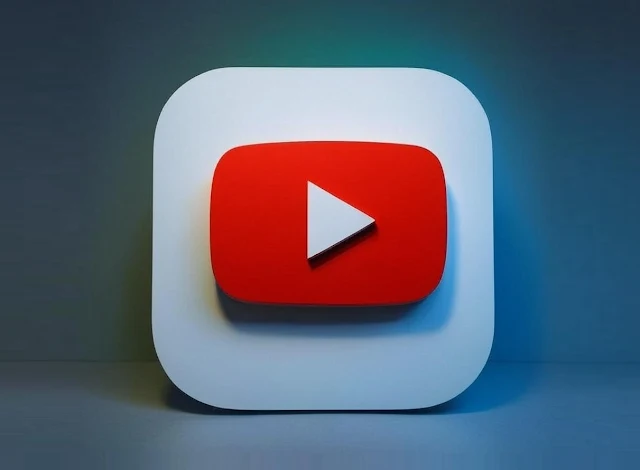Reversal of Previous Tightening
This change rolls back a stricter rule introduced in 2023, which had made any video that featured strong language in its first few seconds ineligible for full advertising revenue. That earlier revision had followed an even broader update in 2022, when YouTube first tightened its rules to limit the use of violence and offensive language in monetized content. The policy especially impacted gaming creators, whose streams often include in-game violence and spontaneous speech that could contain swear words.
After a wave of criticism, YouTube softened its approach slightly in 2023 by narrowing the restriction window to the first seven seconds of a video. But even that adjustment didn’t fully address creators’ concerns, as many videos were still receiving limited monetization, marked by the platform’s yellow icon that indicates reduced ad income.
What’s Changing Now
Under the latest update, videos that include profanity within the first seven seconds will no longer be automatically penalized. This means that creators can now retain full advertising revenue, even if strong language appears near the start of their content. While this adjustment makes the rules more flexible, it does not entirely lift all limits related to language.
Creators should still be aware that titles and thumbnails containing bad language will continue to trigger monetization restrictions. In addition, if profanity appears too frequently within a video, even if the early seconds are allowed, monetization may still be reduced under the platform’s guidelines.
The Role of Ad Placement
The earlier policy around bad language in a video’s opening moments had mainly stemmed from concerns about how close a brand’s advertisement appeared to offensive material. Advertisers typically prefer a buffer between their message and any strong language. But changes in advertiser tools now allow brands to fine-tune where and how their ads appear, including setting limits on content sensitivity. That flexibility has given YouTube more room to relax its own rules without risking ad relationships.
By shifting the responsibility onto advertisers to control the kinds of content they want to appear next to, YouTube can now allow creators more freedom in how they speak, without necessarily hurting its advertising model.
Limitations Still Apply
Although this update gives creators more breathing room, it’s not a free pass for excessive swearing. Videos that rely heavily on profanity, or repeatedly use strong language throughout, may still see limited monetization. And inappropriate language in text elements like video titles and thumbnails remains a red flag for YouTube’s ad systems.
So while early swearing will no longer automatically lead to reduced income, creators still need to moderate how much strong language they use if they want to fully benefit from the change.

Notes: This post was edited/created using GenAI tools. Image: DIW-Aigen
Read next: Meta Reshapes AI Strategy Amid Talent Surge, Billion-Dollar Bets, and Rising Caution on Openness
